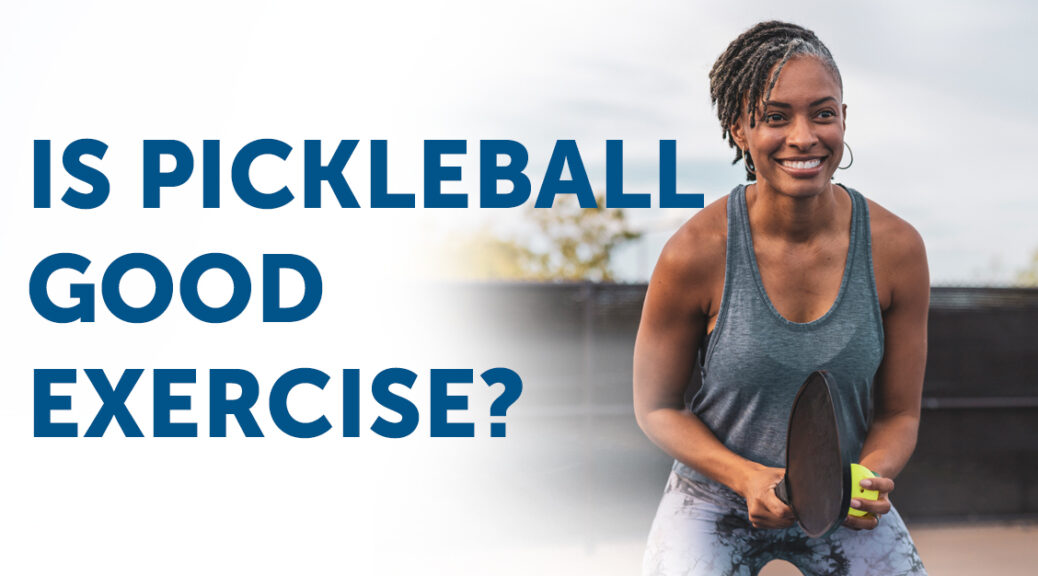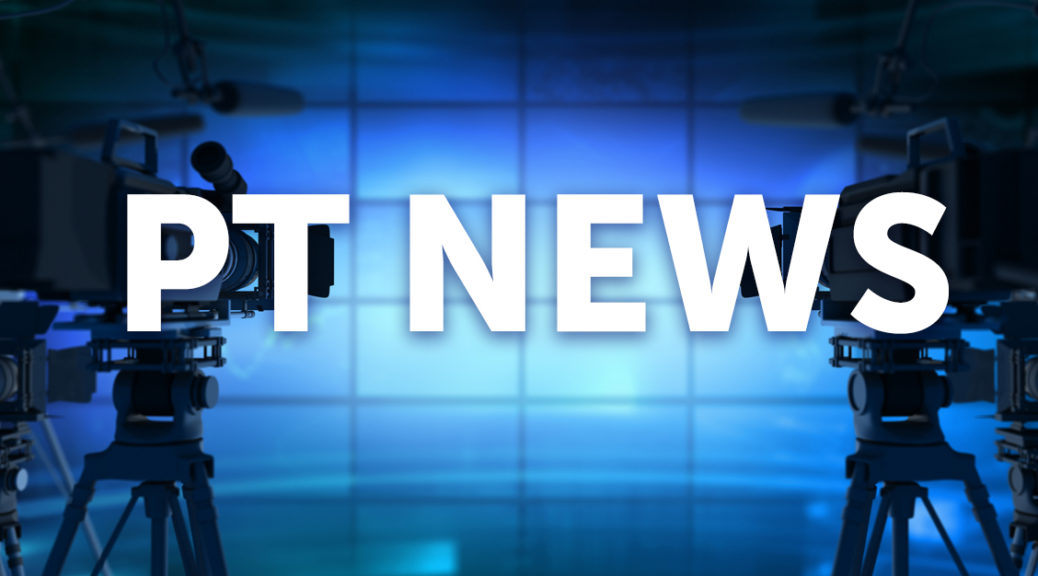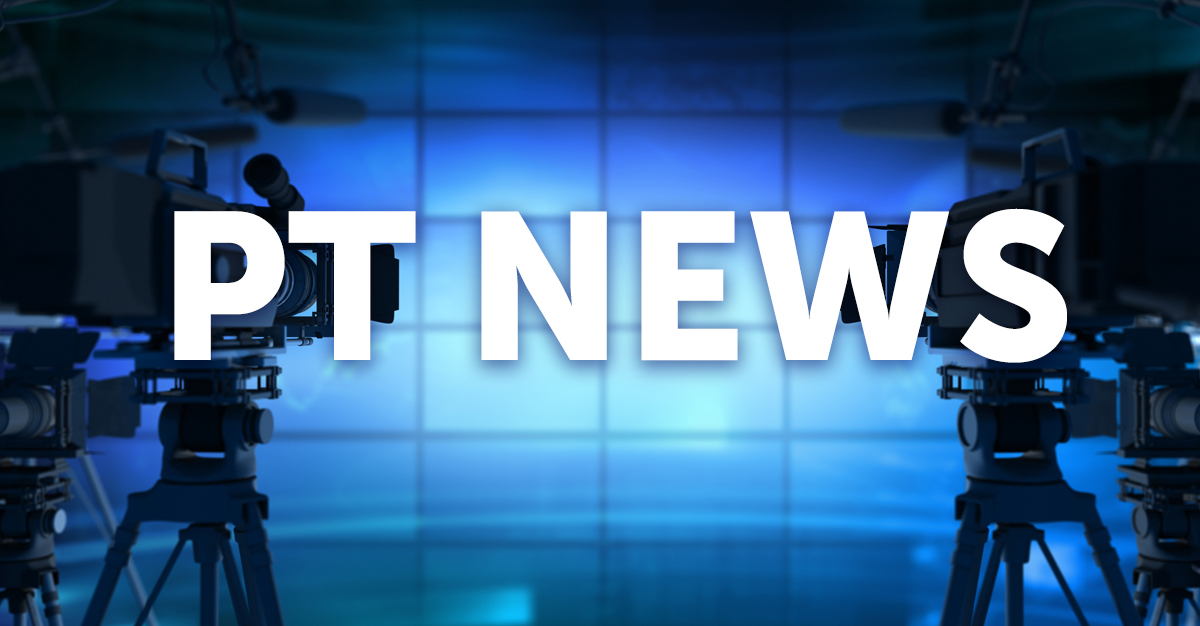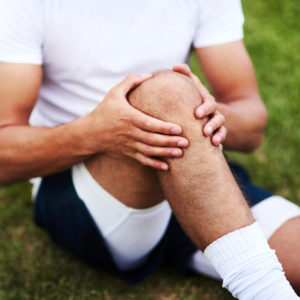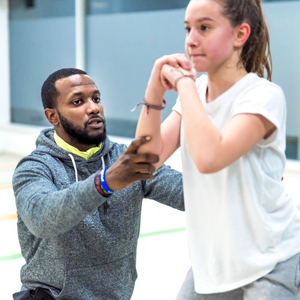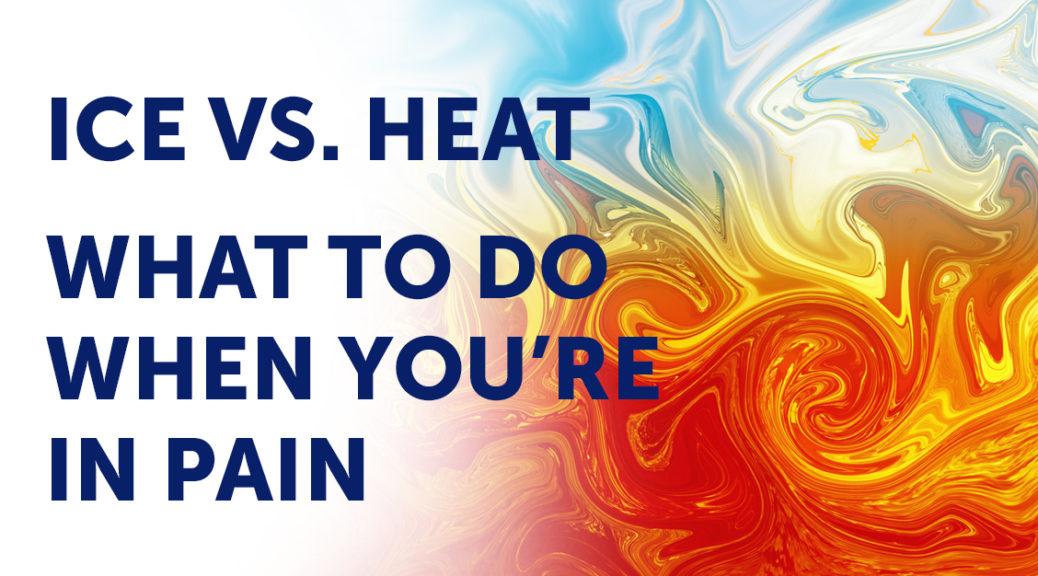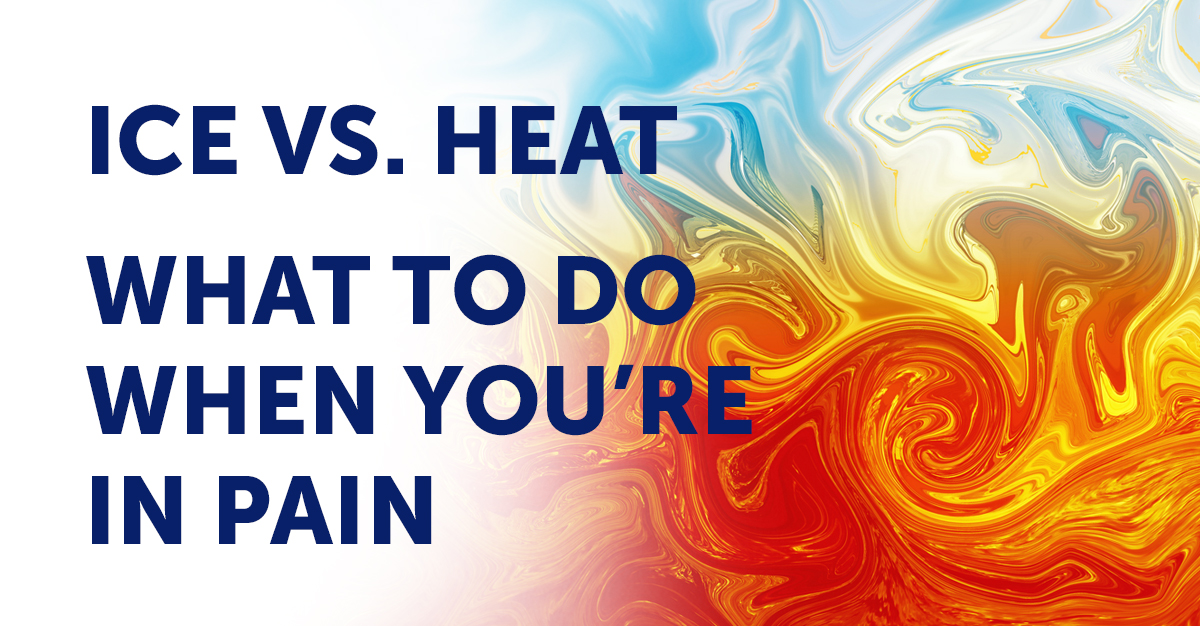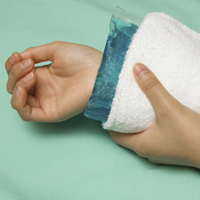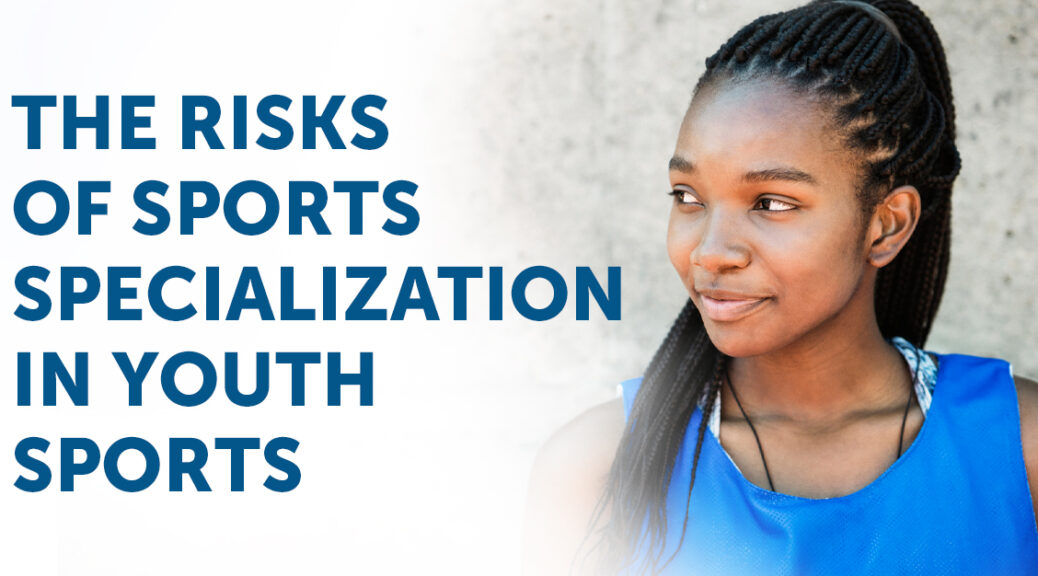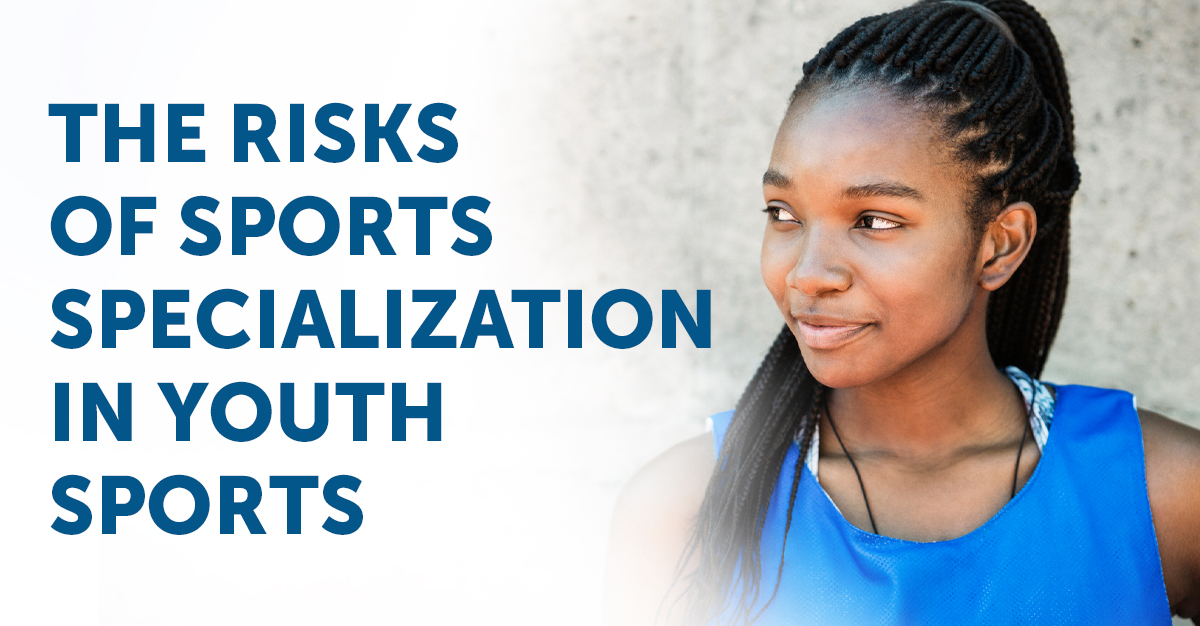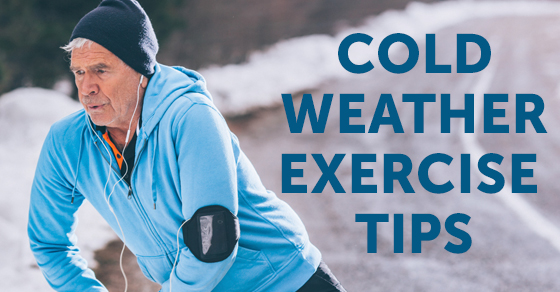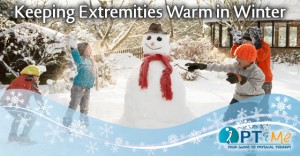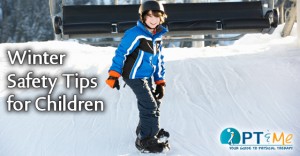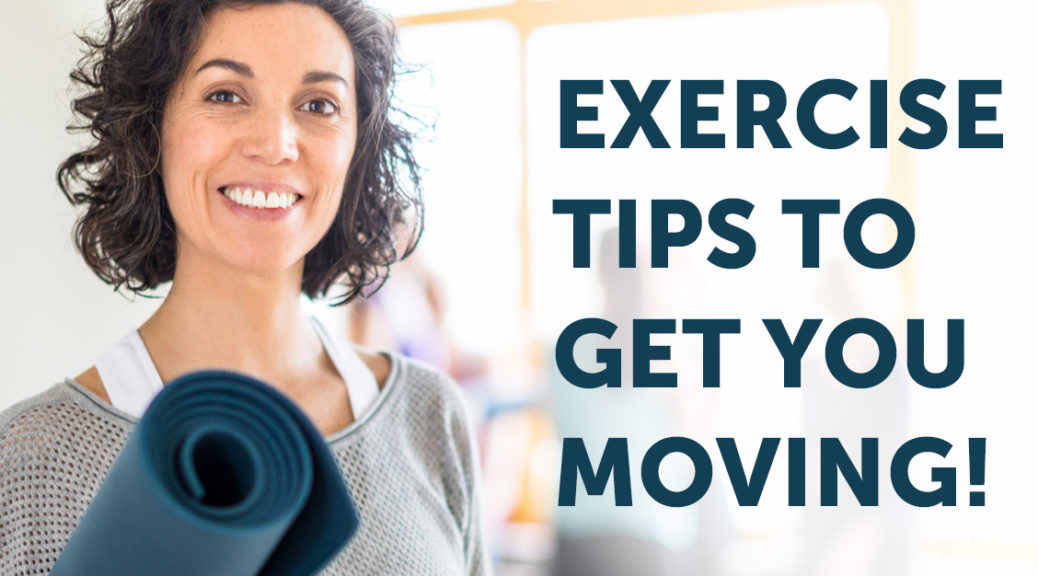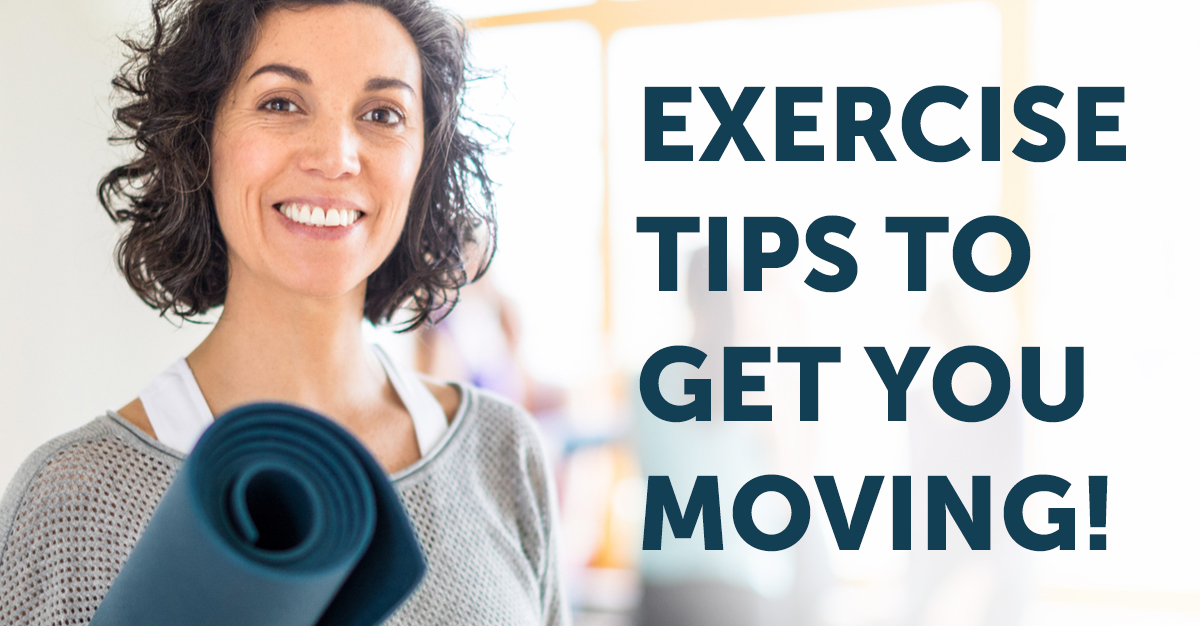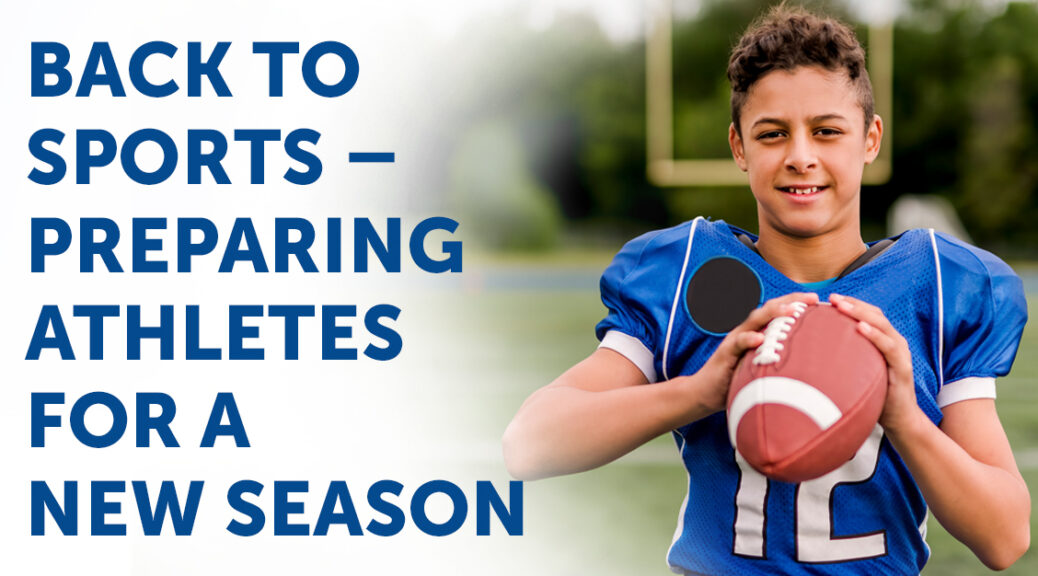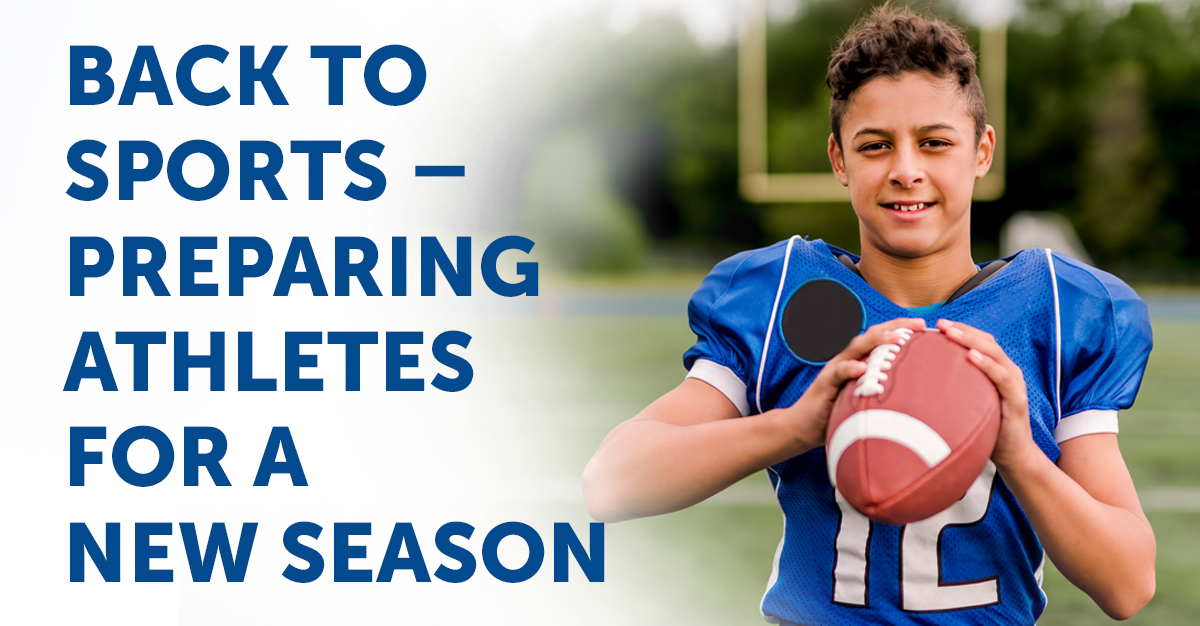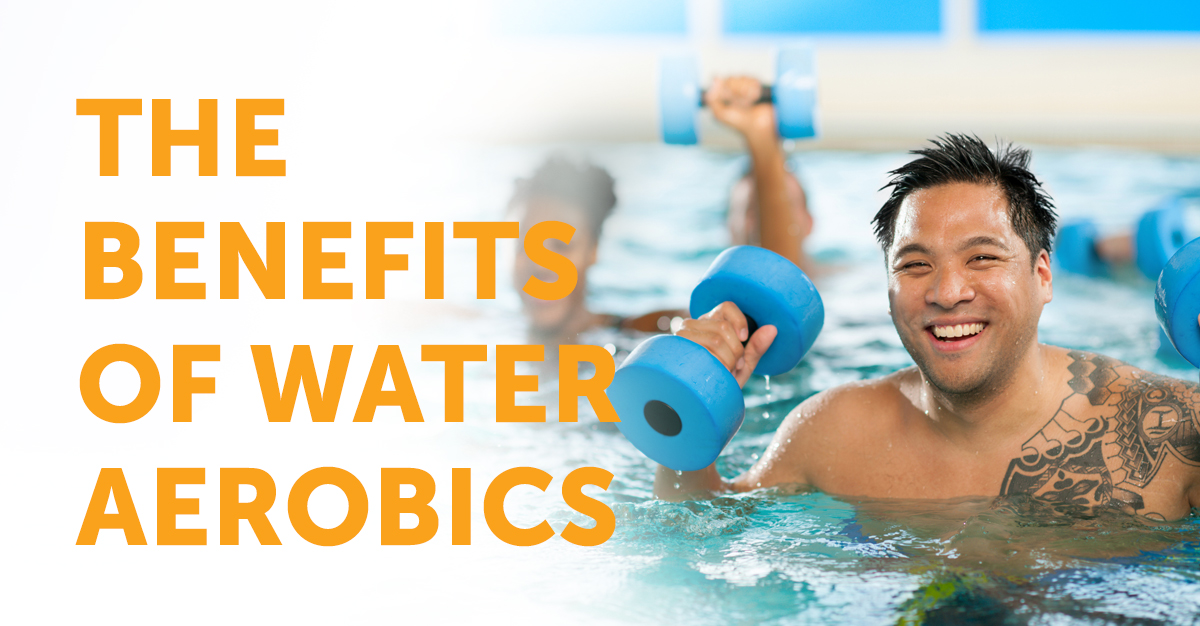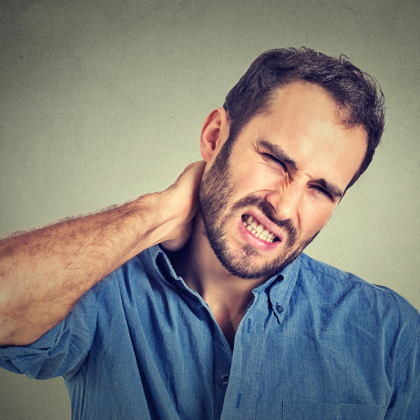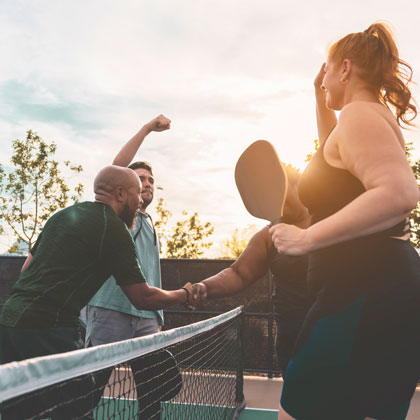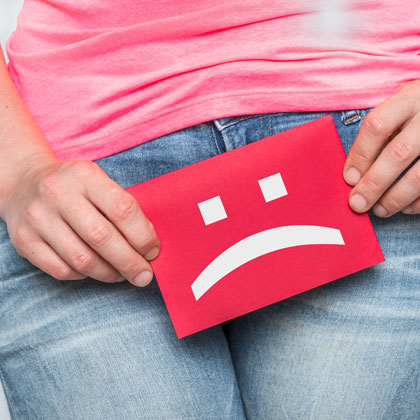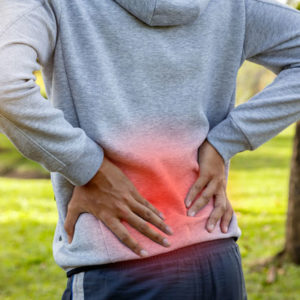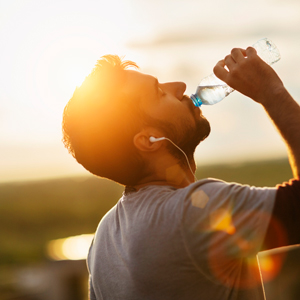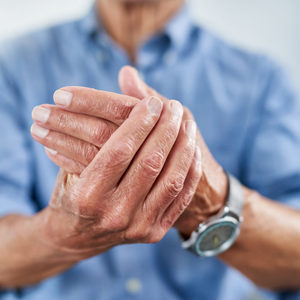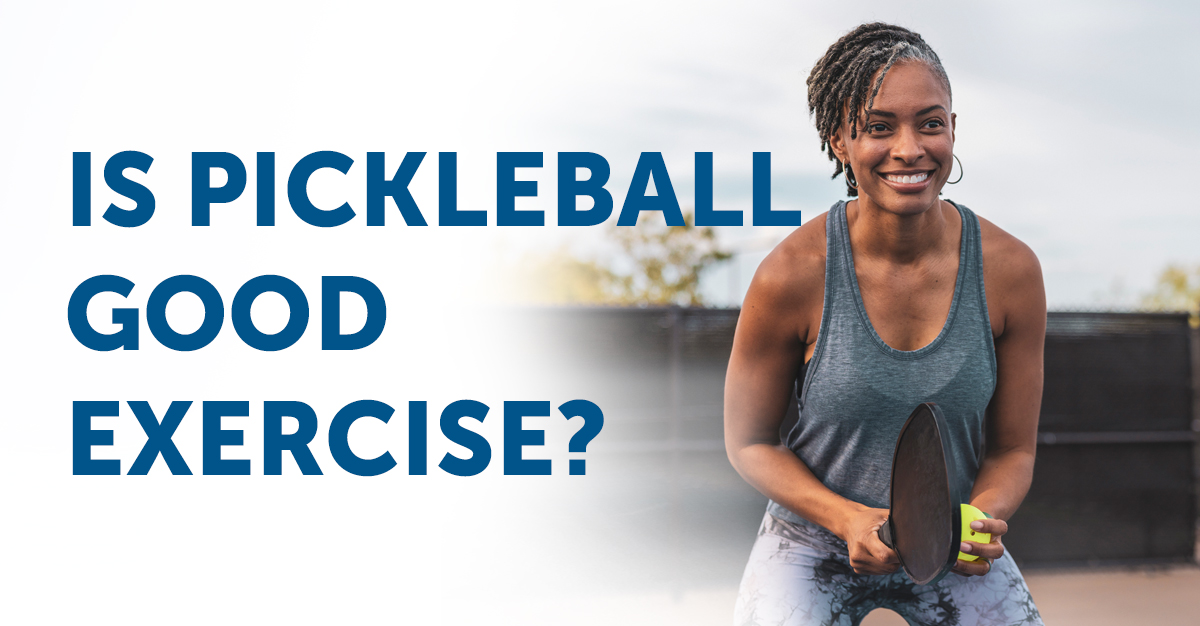
In case you haven’t heard, pickleball is a new fast-growing sport that people of all ages can enjoy! Pickleball is a paddle sport that combines elements of tennis, badminton, and ping-pong. It is played on a smaller court than tennis, with a solid paddle made of wood or plastic and a plastic ball. The object of the game is to hit the ball over the net and land it within the boundaries of the court, with the aim of making it difficult for the opponent to return to the ball.
Is pickleball good exercise? Yes, it is a fun, moderate exercise that older adults can enjoy! Is a younger player going to reach their fitness or health goals by playing pickleball? Probably not. But that doesn’t mean you shouldn’t play. Playing pickleball is much better than choosing to be sedentary. That being said, seniors are especially drawn to this fun sport, and it’s great for this age group for many reasons. Let’s take a look at why it’s good exercise for seniors.
Why is Pickleball a Good Exercise for Seniors?
The Benefits of Pickleball
- It’s Easy to Learn: It is easy to learn because the rules are very similar to tennis. The court is small enough that you don’t need to run so much to keep track of the ball, especially if you’re playing with a team member. This makes it easier to follow the game and focus on your strategy.
- Social Activity: The game encourages players to socialize because it can be played with a partner or with a pair of two-player teams or “doubles,” which encourages social interaction and teamwork.
- Health Improvements: A study in the International Journal of Research in Exercise Physiology found middle-aged and older adults who played one hour of pickleball three days per week for six weeks improved their blood pressure, cholesterol, and cardiorespiratory fitness levels.
- Hand-Eye Coordination: As we age, it’s normal to see your hand-eye coordination start to decline gradually and it may take time to recognize what is happening. Playing pickleball can help with hand-eye coordination because it requires you to focus on your reaction time and can keep your brain sharp.
- Safety Factor: Even though the game can be played outdoors, it is usually played inside, which makes it a great option during those extremely hot summer days. The ball used to play this game is made of plastic, has circular holes, and is hollow, which keeps the travel speed to a moderate level and if the ball happens to bump into you, you are not severely hurt. Also, the net is set to a lower height than in tennis and the serving is always underhanded, which causes less stress on your upper arms and shoulders. The paddle is also lighter than a tennis racket at 7 ounces, which creates low-impact stress on your arms.
Preventing Pickleball Injuries:
Although the sport is a simple, low-stress game, there is a risk of getting injured. Here are some ways to avoid an injury while having some pickleball fun.
Warm-ups for Pickleball
- Light Jogging – Start by jogging for 5-10 minutes.
- Dynamic Stretching – Involves exercises such as lunges, high knees, butt kicks, and leg swings
- Shoulder Rotations – Rotate your shoulders forward and backward, and then lift your arms above your head and circle them in a clockwise and anticlockwise direction.
- Arm Swings: Hold your arms out at shoulder height and swing them back and forth, crossing them in front of your chest and then out to the sides.
- Squats: Perform a few sets of squats to activate your glutes and leg muscles. Make sure to keep your back straight and your knees aligned with your toes.
Remember to start slowly and gradually increase the intensity of your warm-up. By warming up properly, you can help to prevent injuries and perform at your best during the game.
Wear a Knee Brace
If you tend to have weak knees, wearing a knee brace can provide support and offload stress to one particular area. It can either prevent any future injuries or provide protection from further injury and help you continue to play. It’s important that the brace is snug, but not too snug. If the brace is too tightly strapped to your leg, it can cut off circulation.
Physical Therapy for Pickleball Injuries
The majority of the injuries may be a result of sprains and strains. The first line of defense for sprains and strains is to use the R.I.C.E. principles (rest, ice, compress, elevate). However, if the injury is serious, and doesn’t go away on its own, physical therapists can help patients recover by providing modalities and exercises that strengthen the muscles surrounding the injured joint. Some patients experience a fear of reinjury and may want to relapse into inactivity, and our programs are designed to help with that as well.
Knee injuries are also common. During a match, players may find themselves changing directions or pivoting while swinging. This can put repetitive strain on the knee, causing the tendons or muscles to become damaged or overworked. Physical therapists can work to heal knee injuries properly as well as improve body mechanics. Proper leg alignment should include balanced hips over knees that are balanced over the feet. The knees should not cave in or out, but instead be parallel to the hips. This alignment is important because, without proper alignment, unnecessary stress is placed on the joints and restricts the range of motion.
If you have had a knee injury or pain in the past, and are looking to start playing pickleball, we recommend you schedule an appointment with your physical therapist. A trained physical therapist knows how to spot poor movement patterns that can increase strain on your knees and other areas.
Pickleball can provide hours of fun for families, friends, and anyone looking for an enjoyable way to exercise and stay active. If you are interested in trying pickleball, you can check with your local recreation center, community center, or senior center to see if they offer pickleball programs or courts.

